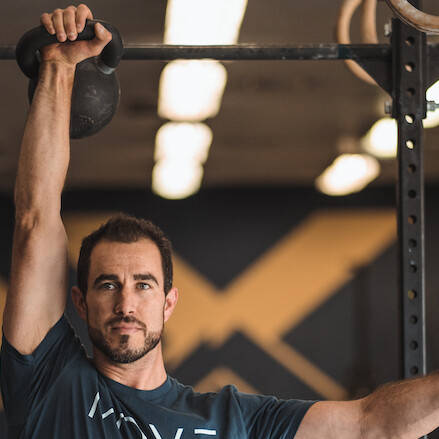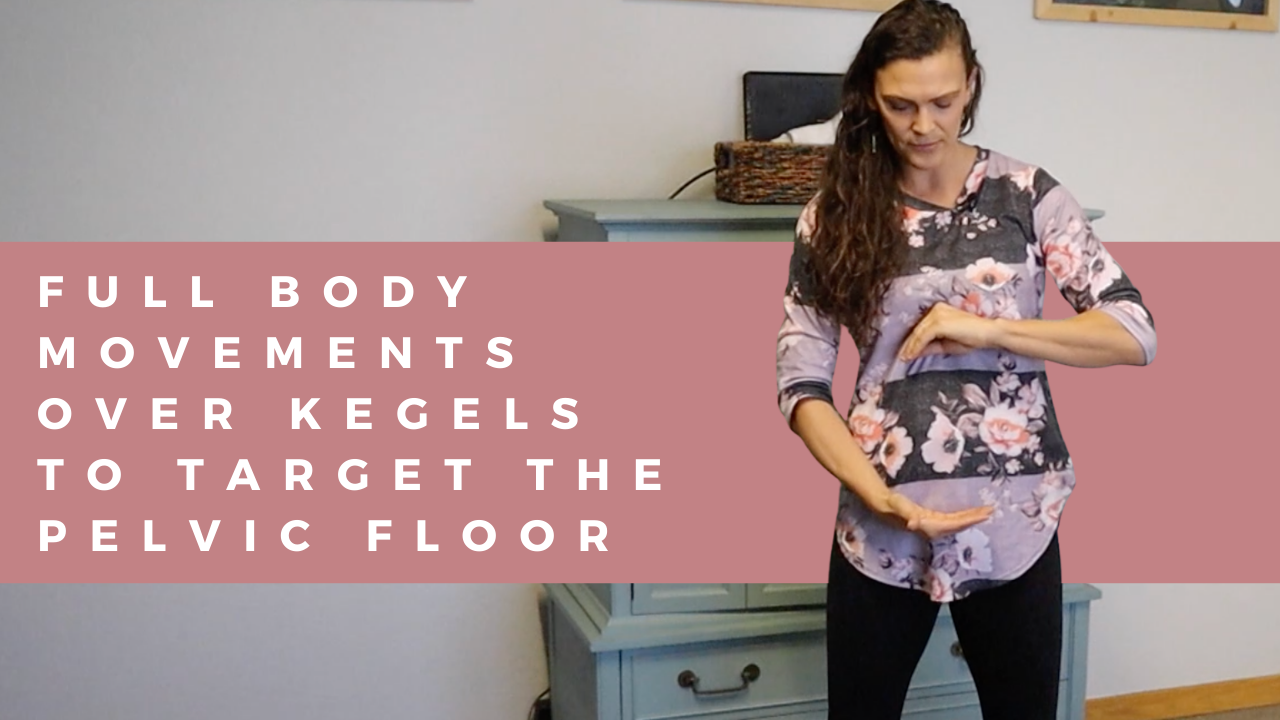Live LOUD Life PodcastLafayette Colorado
Episode 85
Did you know this fact?
With Dr. Antonio Gurule
Episode Highlights:
Connect With Antonio and the Live LOUD team:
Subscribe to my YouTube channel here: https://www.youtube.com/c/LiveLoud
Visit the website: https://www.lifeloudlife.com
Like the Facebook page: https://www.facebook.com/liveloudchiropractic/
Follow on Instagram: https://www.instagram.com/live.loud.life/
Guiding your to the adventurous life you were made for!
About Dr. Antonio Gurule

Background:
- Father
- Doctor of Chiropractic
- Owner of Live LOUD
- Personal Trainer & Health Coach
Check Out Some of Our Other Blog Posts and Podcast Episodes
Anthony Gurule 0:10
All right, we’re gonna jump right into today’s episode. Today’s episode is about the length tension relationship. Now, for some of you might, you might be thinking, wow, how is this important? What is this apply to me? Well, to me, this is actually a very important piece of the puzzle when we’re dealing with rehab and recovery that most people aren’t talking about. And this really helps you unlock the knowledge about how your body moves, and operates, especially from just a backing up, especially from just a movement perspective, right. So getting right into it length tension relationship, what that means is the muscle the our muscle fibers generate tension, right, they get tighter when you ask them to work. Now, here’s something important to always note is a muscle can only pull, right, we oftentimes will look at like a pushing motion, even like a squat, like I’m pushing the ground away, your muscle is lengthening as you push away from something it is it is shortening, and that in turn is pulling, that is pulling a body part or another joint or another bone in order to elicit movement.
Anthony Gurule 1:19
Now, what’s important to note about that is there is a position in which the muscle belly, the belly is like the middle part of the muscle, right where most of the muscle fibers are. And in turn, this also is in relationship to the tendon which attaches to the bone. But there is a position in which the muscle belly can generate the most amount of force. And and it’s not, we can’t say it’s like oh, and it’s X amount of length, or whatever that is, right. It’s it’s it’s it’s an inherent thing that is felt and developed throughout your body. And it can change because you can get stronger in positions of shorter or longer positions, right in relationship to the to the muscle length. But more importantly, what we’re looking for is how can you better understand this to help you with leverage? Now leverage is the name of the game when it comes to resistance training, right? Your ability to leverage right to move something allows you to get stronger, the more weight you can move or leverage, then the more adaptation you can have.
Anthony Gurule 2:28
Now that being said, too, we can use the leverage. And the same, the same concept of stretched, the stretch length tension relationship, to maybe elicit more strength, right, if I can generate tension in a muscle belly, that’s longer can I make it stronger in that longer position. Now this is also important because we talk about in previous episodes, as indicated, in alluding to this episode of How length tension relationship can improve shoulder pain. This is also true for like lower back pain, right? When we’re dealing with disc injuries and things like that we’re looking at the muscles are oftentimes in a hyper spasm short position, because they don’t want they don’t want the the joints, the the spine to move because that might elicit more pressure on a disc. And so what happens is they become locked down in tight and their tension is only then generated in a short position. And then when we ask them to elongate to move and trade create tension in a long position, they don’t know how to do it. And sometimes that creates spasm, potential muscle injuries and or they buckle fail and fatigue, which then puts more pressure onto the lower back.
Anthony Gurule 3:37
So understanding the length tension relationship allows you to create this framework of like, okay, well, I feel like I have the most control and leverage within this range of motion. Right now, it’s good because we want to build on that. And then as we build on that we can we can expand upon that. And this is also especially true as we talked about the shoulder, the shoulder while we want it to be strong in various positions. It is strongest in certain positions based on this length tension relationship of having the rotator cuff, being able to control where our shoulder is and how it operates. So when we’re dealing with rehab, rehab, rehab is strength training in the presence of pain so you’re still doing all the things that you should and could be able to do just maybe slightly modified, regressed or lateral laterally changed. But what we’re doing is we’re changing it ever so slightly because there is pain. We don’t want to elicit more pain we’re not trying to push and work through pain, but at the same time we appreciate pain and when we change the the our orientation and position then we’re able to influence the length tension relationship to allow you to generate good healthy tension without eliciting or maybe triggering pain.
Anthony Gurule 4:49
So in my mind, this is a is a is a critical component to the rehab and recovery process. We’re working within a maybe a country rolled a range of motion or a controlled position for this reason. For this reason, it also helps you change how you’re loaning other joints that might be angry, right? Because the muscles are more in control. Or let’s say for instance, you’re dealing with patellar tendinopathy. Right or patellar. tendonitis, right. And we’re doing box squats, we’re controlling range of motion and depth. So we can still load the tendon to create adaptation, and change and improve that tendon. But at the same time, we’re not going too far that might be pulling on that, on that inflamed tendon, or possibly muscle belly or tendon tear, right. So this is, in my mind, a really critical component of the recovery and rehab process, that is not being talked about enough, because we just assume, Oh, you just if it hurts, just don’t do it. Right, we need to maximize on this, we can still find ways to load in in elicit adaptation in response, we just have to know what positions, depth and variables to manipulate and change. So if you feel like you’re kind of just honestly just stuck, you’re not getting a lot out of your movements, or you feel like you’re really limited because because of pain, or because of what someone told you to do. I promise you, there’s definitely ways for us to start progressing.
Anthony Gurule 6:16
You’re planning your program. And oftentimes, you know, when we work with people from a remote setting, or in person, we’re just going through their programming in their planning, right? So if someone’s at a gym, or they’re doing a group class, or even we’ve had people that have, they’re seeing PTS because they want to go through insurance, and they’re getting a lot from it, but yet at the same time, they know they’re not good enough. We help them hey, you let me see your PT program, right. And so we’ll do consultations, we’d say okay, well with this program, I think you’re in the right direction. But I would do this this in this this way, right. So whether it’s us helping you redefine your PT program, whether it’s us helping you with your current group training or your customized programming, helping you change and look at what you’re doing, so that we don’t have to reinvent the wheel, we can keep doing everything, but sometimes just small modifications of changing angles, levers positions, length tension relationships, will open up better opportunities for you to maintain everything that you’re doing, but not regress due to triggers and flare ups of the pain that you might be experiencing. So I hope this was super helpful for you guys. Again, please like share, comment, subscribe, help us get this word out to other people so that we can help others just like you live a loud, adventurous life. Thanks for tuning in guys Live Loud.
Transcribed by https://otter.ai
–




